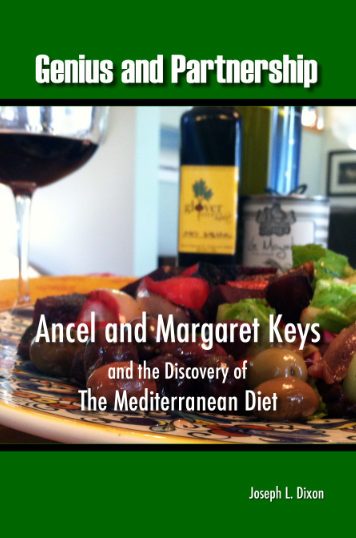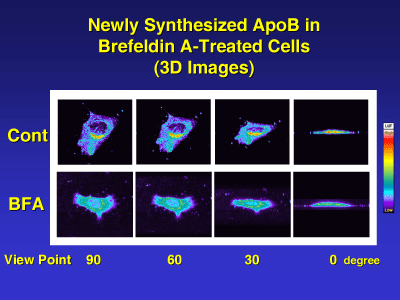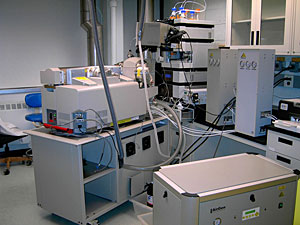
It was the 1950s and American men were dying in droves from heart attacks. Ancel and Margaret Keys trek across the globe to find the cause. Dr. Joseph L. Dixon follows the trail of Ancel and Margaret as they scour the world for clues to the causes of heart attacks. Their journey leads to the start of the world famous Seven Countries Study, contributions to the discovery of LDL, and the writing of three New York Times best-selling cookbooks. In the course of their travels, Ancel and Margaret Keys discover the Mediterranean diet, and write about it in their masterpiece cookbook and health guide, How to Eat Well and Stay Well the Mediterranean Way. For more information, see josephldixon.com
Dixon Lab
Our laboratory studies lipid and lipoprotein metabolism. Heart disease (coronary artery disease) is still the biggest killer of Americans. Abnormal amounts or types of lipids (cholesterol, triglyceride, phospholipids) in blood may over time cause plaques in coronary arteries. Cholesterol and triglyceride are mainly carried from the liver into blood by lipoproteins (VLDL and LDL, very low and low density lipoproteins) that contain a protein called apolipoprotein B (apoB). ApoB is made in liver and is the main structural protein for VLDL and LDL. We have two major projects in my lab:
Project 1
Regulation of the Secretion of ApoB-Lipoproteins. This project involves studying the secretion of apoB-lipoproteins from liver hepatocytes into blood. We have studied the synthesis of apoB and followed the transport of apoB through the secretory pathway of hepatocytes. We have also studied the degradation of newly synthesized apoB as a regulatory mechanism to control VLDL secretion. We are interested in learning the signals that control apoB metabolism and the signals that influence the assembly and secretion of apoB-containing VLDL. We are also investigating the signals that control lipid synthesis in liver and how lipid metabolism in liver controls the lipid composition of the VLDL lipoprotein particle.

Project 1
How blood lipoprotein particles cause increased coronary artery disease in Diabetes. This project involves studying the lipid and protein composition (lipidome and proteome) of blood lipoproteins in diabetic versus control individuals. Individuals with Type 2 diabetes have 4 times the rate of cardiovascular disease compared to normoglycemic individuals. A hypothesis to explain this is that apoB lipoproteins (VLDL and LDL) in diabetics have an altered lipid composition that causes the lipoprotein particles in diabetics to stimulate the process of atherosclerosis in arteries leading to increased coronary artery disease.
Liquid Chromatography/Mass Spectrometry Core Laboratory
In order to perform more comprehensive studies of lipid metabolism, investigators of the Rutgers Center for Lipid Research wrote a successful NIH grant to purchase a liquid chromatograph /mass spectrometer (LC/MS) in order to perform state of the art lipid analysis. An Applied Biosystems 4000QTrap mass spectrometer is now dedicated to the measurement of a vast array of lipid compounds, some of which have never been measured before because of their low concentration or complexity. The 4000QTrap mass spectrometer has the capability to measure 50 picograms/individual lipid species/ injection.



